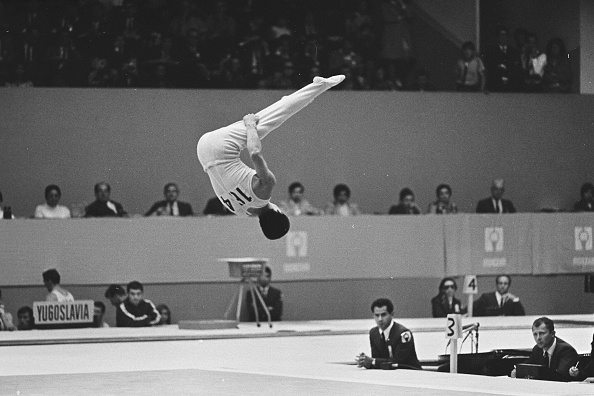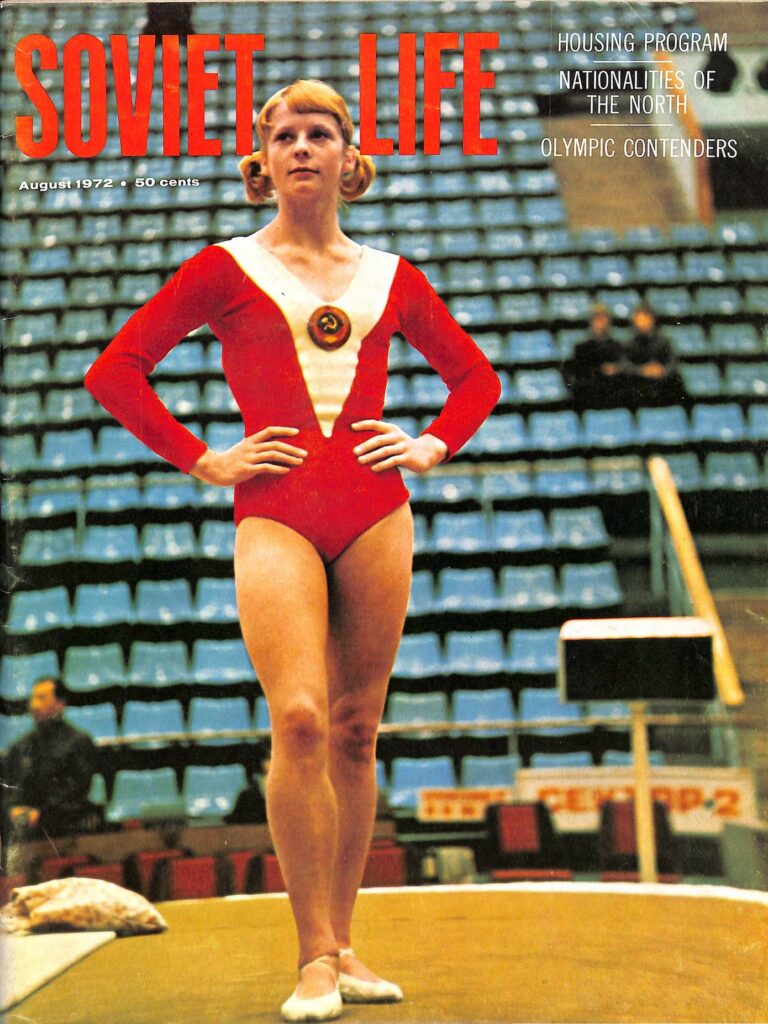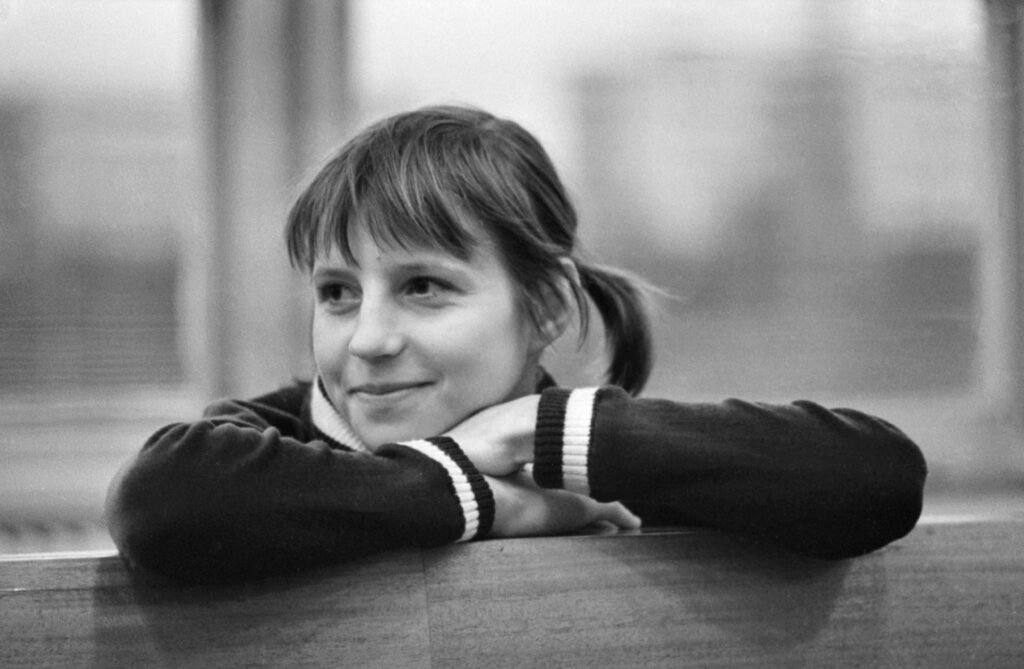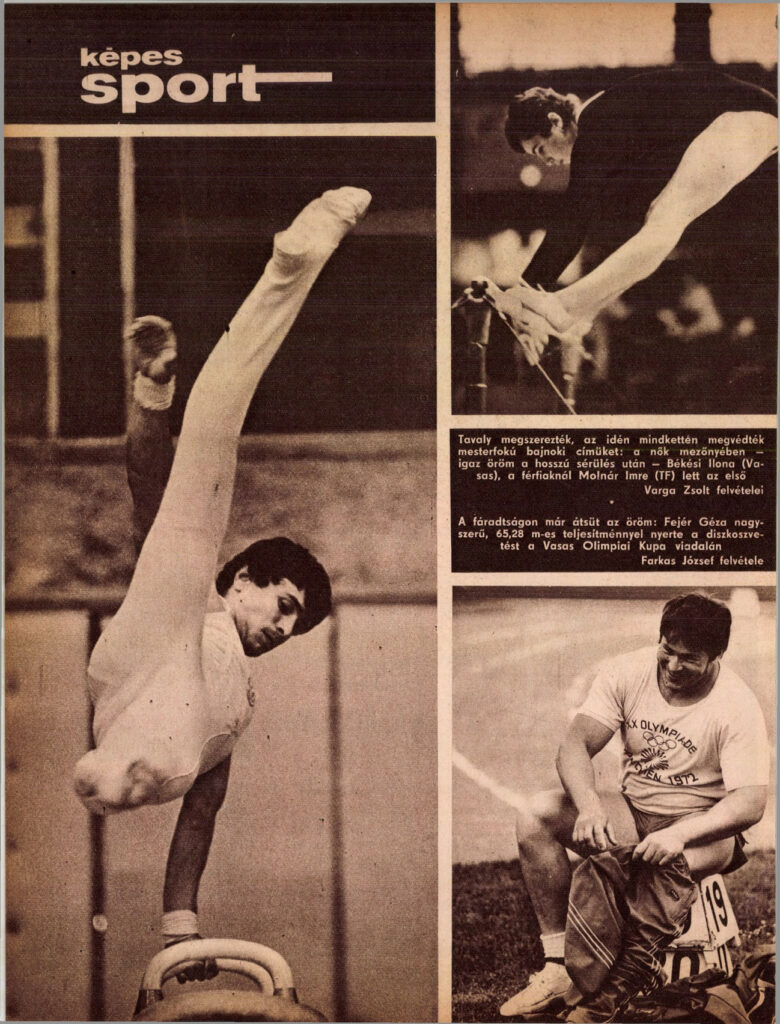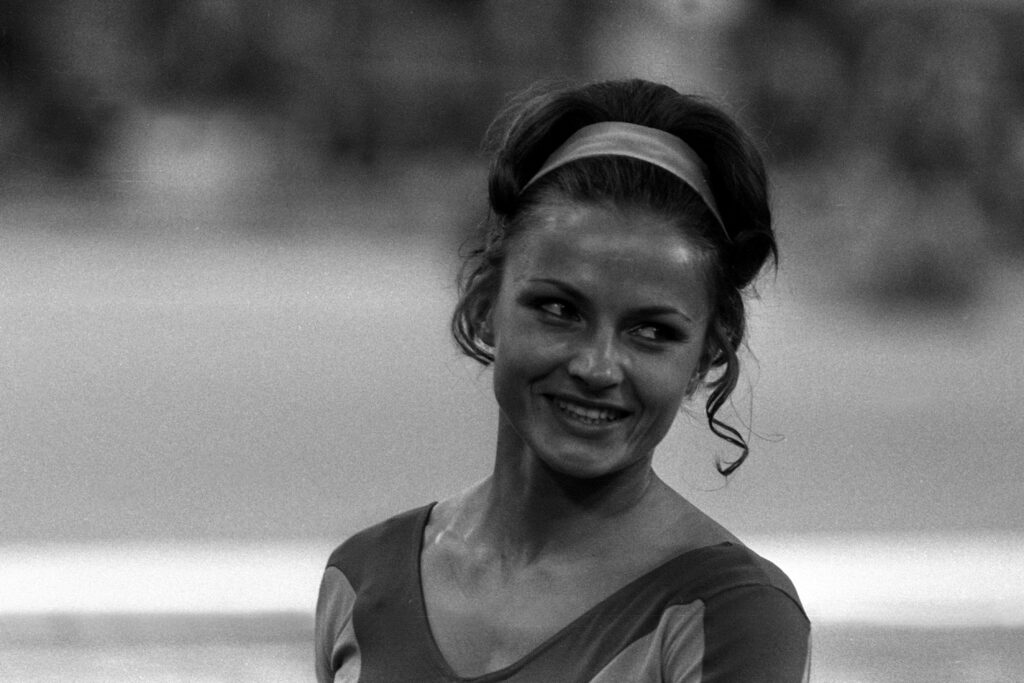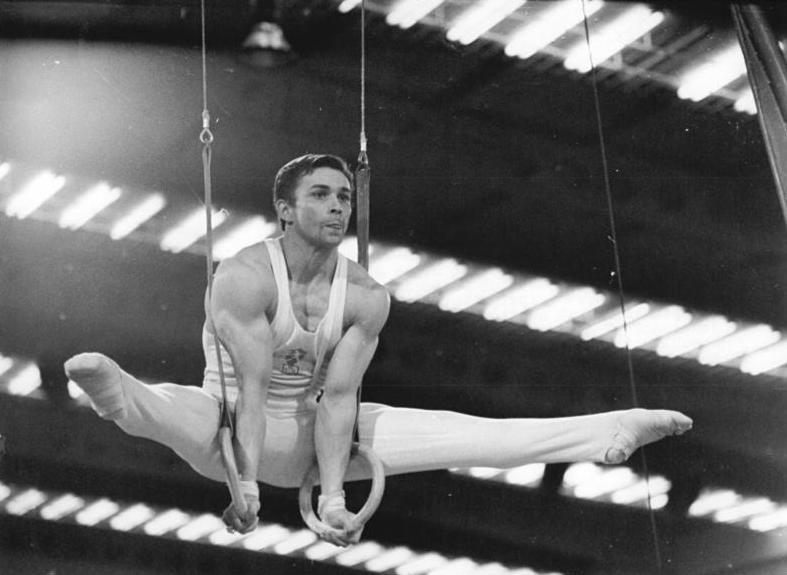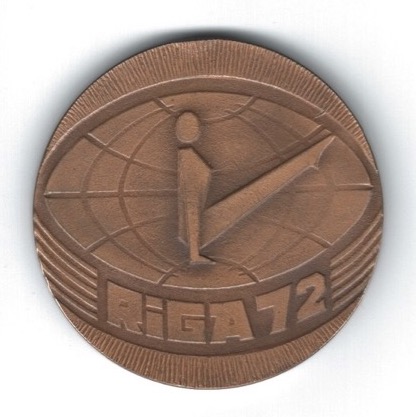Who would make Japan’s men’s team for the Munich Olympics? The gymnastics world couldn’t wait to find out. As a Hungarian newspaper put it, “It is easier to win a gold medal than to get onto the Japanese national team.”
In the end, there were three members of the 1970 World Championship team (Nakayama, Tsukahara, and Kenmotsu), the 1968 Olympic All-Around Champion (Kato), the 1970 University Games All-Around Champion (Okamura), and Kasamatsu, who tied for fourth at the 1972 Riga International and won one of Japan’s qualifying competitions for Munich.
On the women’s side, the team was aiming for a bronze medal after its disappointing fourth-place finish in Mexico City.
What follows is a translation of the teams’ goals and the results from the selection competitions. This post also includes an article from Hungary on the men’s team selection.
